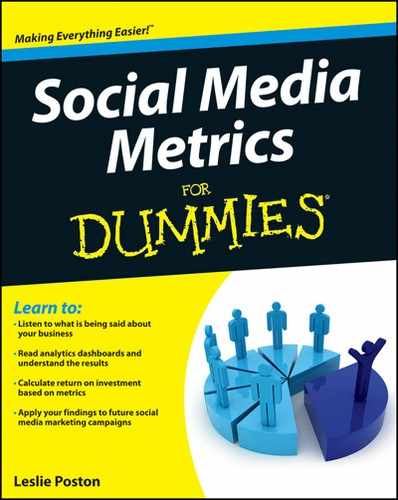Figure 18-1: Ford Motors by the numbers.
Gaining Know-How from the Big Brands
In recent years, several companies have been innovating in the social media space, running marketing campaigns that cross the on- and offline boundaries and require some creative metrics skill to track.
Ford
One of the first that comes to mind is Ford Motor Company, with a team led by Scott Monty. Ford first started thinking out of the box with its Ford Fiesta campaign in 2009 and has since repeated that campaign and followed up with many others of equal scale (see Figure 18-1).

Ford used standard metrics to track the stories generated by these campaigns online, but it also had layers of other metrics involved in making these campaigns successful. At one point, the nonsocial metrics technology of GPS tracking on cars came into play.
One of my favorite incidents from the initial Fiesta campaign was the Fiesta that was stolen in New York from its test driver and then left in a junkyard. Thanks to having an auto-tracking system on the car and the trackability of images and video online, the car was found quickly, and Ford was able to leverage the story for its brand.
Yahoo!
Another big brand, Yahoo! has been using social media metrics to measure how customers are using its services so that it can improve them. As a company that has struggled to retain market share, pinpointing its customers’ pain points using social media is key to its recovery.
In its research, Yahoo! determined that it needed to first improve how it handled customer service requests online. Of its Twitter interactions in 2011, 36 percent were from people who forgot a password on their Yahoo! account or who had their account hacked, and 31 percent were from people unable to access their Yahoo! Mail or who discovered their account was sending spam.
Yahoo! also determined that it could redirect 13.7 percent of its Twitter interactions to the Y! Small Biz Twitter account and ease the work load on its customer service team. While Yahoo! hasn’t done an out-of-the-box campaign like Ford (yet), it has been working on its metrics infrastructure to better track its campaigns so that it is ready to scale up.
Oracle and Starbucks
Brands like Oracle and Starbucks run white label, or gated, online communities to focus customer service on customers. Oracle is the more straightforward of these two examples, with an umbrella community housing 200 subcommunities and serving 210,000 customers. Oracle tracks customers on questions asked and answered, software use and usability, and general involvement in the community, among other things.
Starbucks is taking its metrics out into the wild by using its cups (augmented reality), mobile apps (payment app and augmented reality app), gated community (My Starbucks Idea), a site built around a rewards card with high incentives for repeat visits (Starbuck Rewards and Starbucks Gold), QR Codes in stores, partnerships with iTunes (free apps and free songs at the register), in-store merchandise sales, sales of the book written by its CEO, and more.
Starbucks has a huge amount of data to track. QR Codes, app downloads and use, rewards card use, in-store purchases, iTunes downloads, customer suggestions — it all needs to funnel metrics into complex databases and CMS systems, not to mention spreadsheets, to be tracked and used to increase sales. Starbucks and Apple both do this tracking well. Coupled with fantastic branding, these two companies rank consistently high in customer loyalty and new customer acquisition, and it’s all thanks to their metrics tracking.
Target
Target came under fire while I was writing this book for how it tracks its customers from point of purchase throughout the life of their relationship with Target. Target assigns each person who shops with it a Customer ID and, over time, attaches that number to their personal information, credit cards, bank account information, phone number, and so on. Whether you first shop at Target in person or online, unless you use cash in person, Target’s got you covered (see Figure 18-2).
Figure 18-2: Target’s Guest ID tracking system.

Target came under fire for the use of its data fire hose through its ad circulars and coupon mailers. Target has data-mining down to such a science that it can, in theory, tell when you’re pregnant before you can just by the types of things you start to purchase. Creepy, right? Well, it becomes even creepier when you get a coupon mailer for baby items before you know you’re pregnant. Target is that finely honed.
Because it got some flack for those more direct mailers, Target has gotten sneakier — it uses its data to pinpoint what you need and still sends you a mailer about it, featuring items that apply to what its data algorithm has indicated is your condition or need.
Target now just buries the targeted coupons under some random items, making you think that your whole block must have gotten a mailer, which makes you more comfortable using the coupons it sends, because you don’t feel singled out. Fascinating, isn’t it?

 Big data is more than a catchphrase — you’re living in the big data age. This book is designed to help you get your feet wet tapping into the big data fire hose.
Big data is more than a catchphrase — you’re living in the big data age. This book is designed to help you get your feet wet tapping into the big data fire hose.